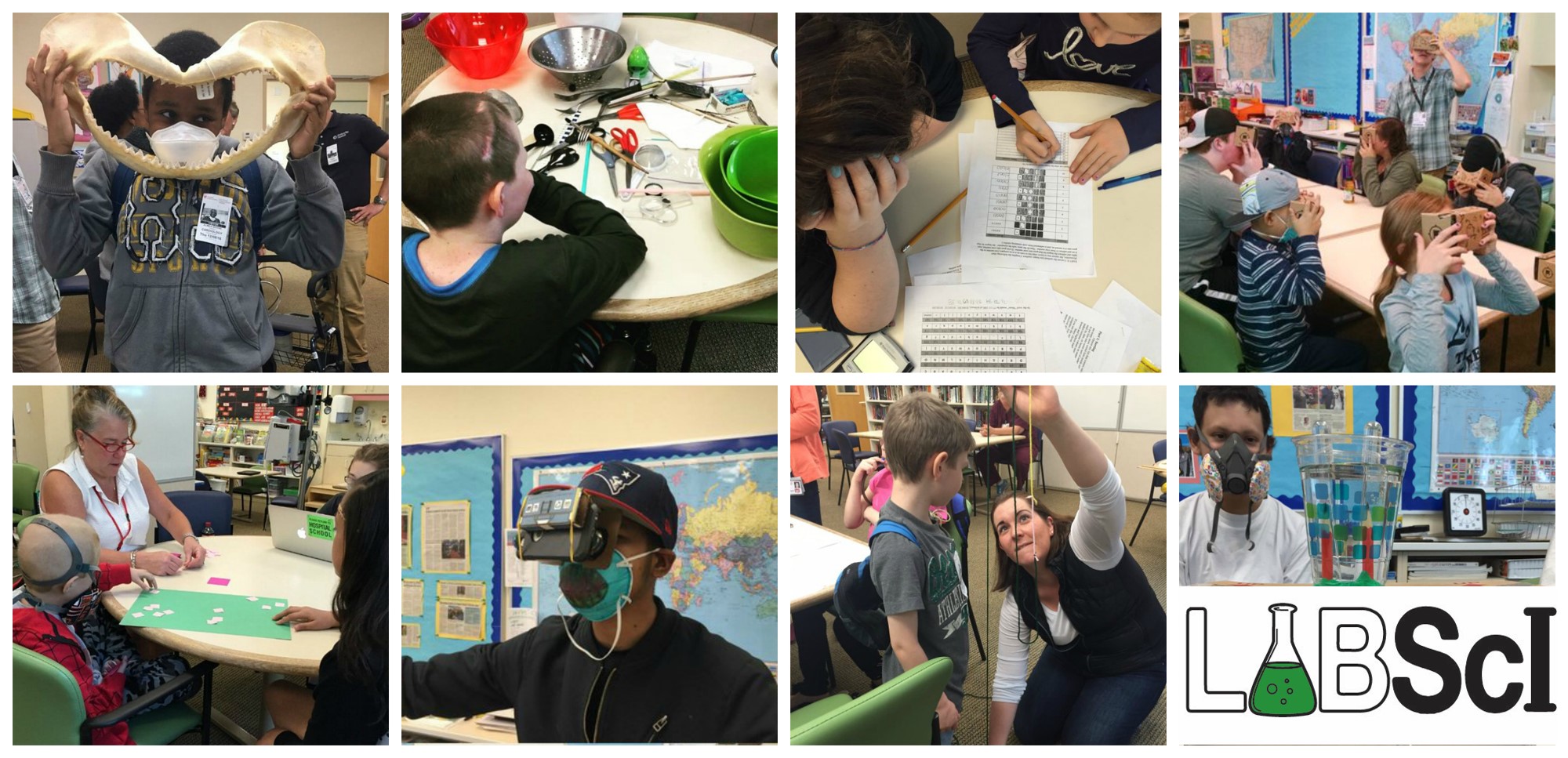In this lab students will simulate the population dynamics in the lives of bunnies and wolves. They will discover how both predator and prey interact with each other and affect the number of individuals in a given region. If there are no predators and the food source is unlimited – unlimited carrying capacity – then the population of bunnies will grow in a non-linear fashion.
Check out our lab preview video!
Download the labs!
Student Version
Teacher Version
Recommended Prerequisites:
- none!
Key Concepts:
- The number of living organisms in a certain region, such as a meadow, is known as a population.
- The ways in which the populations change with time are known as population dynamics. A population of bunnies, for instance, may increase due to reproduction or migration of other bunnies from nearby meadows. The population may decrease if they run out of food.
- The prey is the animal being eaten or hunted by another animal, such as the bunny, who is eaten by the wolf.
- A predator is an animal that preys on another for food – such as a wolf, who enters the meadow and eats bunnies, (the bunny population will decrease).
- The predators’ populations also change with time, and they depend on the amount of bunnies in the meadow.
- In reality, resources are limited. Carrying capacity is the number of individuals that a given area and its resources can support.
- Exponential growth occurs when every organism in a population continuously creates the same amount of offspring in each reproductive cycle. In this case, the bunny reproduces and gives birth to one new bunny, resulting in two bunnies in total. Then those two reproduce and give birth to one new bunny each (two additional, four bunnies total). Each time, the total number of bunnies present is being multiplied by two, and eventually from one bunny there can be 64 bunnies in only 6 reproductions!
- Logarithmic growth is the opposite of an exponential growth. Instead of a population skyrocketing all of a sudden, the population will slowly grow and seem to remain at the same number for a while.
- Linear growth increases as a steady constant. On a graph, this looks like a line that either goes up or down.
- Oscillating growth is a repetitive variation around a central value. This is shown on a graph as an up-and-down wave.
Materials:
- One 11” x 17” sheet of paper: “the meadow”
- Thirty 2.5” x 2.5” paper squares: “the wolves”
- Seventy-Five 1” x 1” paper squares: “the bunnies”
- Computer with Excel worksheet which can be downloaded above

Thank you for the help, I liked the way this was worded and it helped me better understand the definitions.
where do you download the Exel worksheet
Hi Steve! You can find the worksheet on the Predator/Prey webpage, directly under the video! http://labsci.stanford.edu/biology/predator-prey-lab
How can I access the game materials?
Hi Jennifer, Thanks for writing! Different colored construction paper or cardstock works well for the “meadow”, “wolves”, and “bunnies”, just cut them to the appropriate sizes. There is a video above if that helps!
If that didn’t answer your question or if you have other questions, please reach out again!
-LABScI
Hi, I really like your activity, I know the students will enjoy it; but my question is: in all rounds appears 1 wolf to start, is it right? or should I add one wolf each round?
Thanks in advance.
I will let you know my feedback about the activity.
Hi Claudia!
Thanks for writing!
Initially, the spreadsheet does have 1 wolf to start. As you do the activity and fill in numbers for bunnies, the wolf numbers will automatically change on the subsequent rounds in the spreadsheet.
Hope that helps!
-LABScI